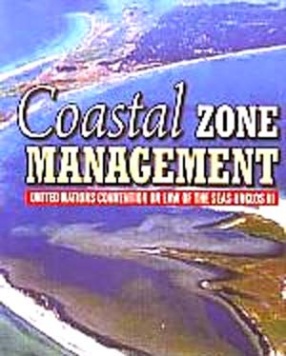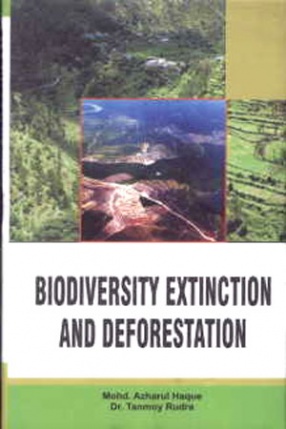
Showing all 6 books
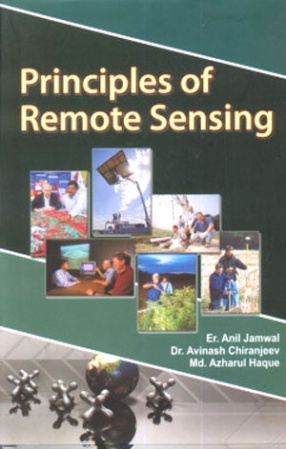
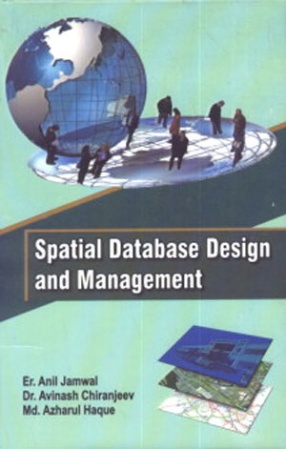
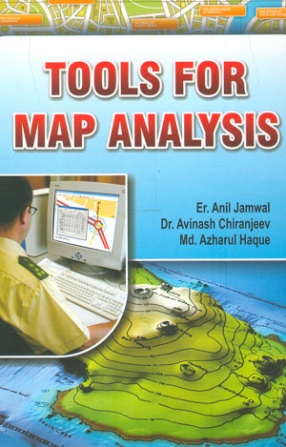
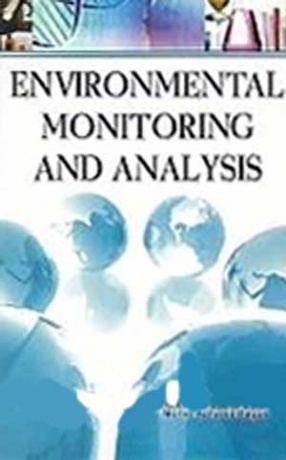

The human species came into being at the time of greatest biological diversity in the history of the earth. Today as human populations expand and alter the natural environment, they are reducing biological diversity to its lowest level since the end of the Mesozoic era, 65 million years ago. The ultimate consequences of this biological collision are beyond calculation and certain to be harmful. That, in essence, is the biodiversity crisis.
In one sense the loss ...

Remote sensing is the small or large scale acquisition of information of an object or phenomenon, by the use of either recording or real time sensing device that are wireless, or not in physical or intimate contact with the object (such as by way of aircraft, spacecraft, satellite, buoy, or ship). In practice, remote sensing is the stand-off collection through the use of variety of devices for gathering information on a given object or area. Thus, Earth ...

A spatial database is a database that is optimized to store and query data related to objects in space, including points, lines and polygons. While typical databases can understand various numeric and character types of data, additional functionality needs to be added for databases to process spatial data types. These are typically called geometry or feature. The open geospatial consortium created the simple features specification and sets standards for adding ...

Biophysical material and man-made features on the surface of Earth are inventories using remote sensing and in situ techniques.The information is often stored cartographically or in a geographic information system (GIS). Some of the data are static, that is, they do not change over time. Conversely, some biophysical materials and man-made features are dynamic, changing rapidly.It is important that such changes be inventoried accurately so that the physical and ...

